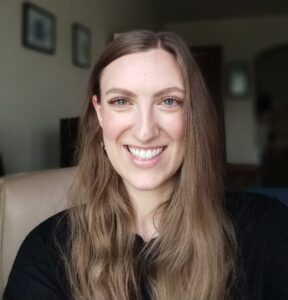 Choosing an abortion clinic is getting harder, and it is also a painful process.
Choosing an abortion clinic is getting harder, and it is also a painful process.
Orlaith Heymann, PhD candidate in Sociology at the University of Cincinnati, examines how this decision is made.
Orlaith Heymann, MA, is a PhD candidate in Sociology at the University of Cincinnati and a contributing member of the Ohio Policy Evaluation Network (OPEN). Orlaith’s research examines how people navigate institutional policies and cultures, particularly in medicine, education, and work settings. Her research has been particularly focused on contentious social fields, such as sex education and abortion and has won awards from the National Science Foundation, PEO International, the Taft Research Center, Kunz Center for Social Research, and two competitive Research Fellowships.
Understanding Abortion Clinic Selection
Over the last decade, legislators have restricted access to abortion care in many states. In Ohio, where I live and work, many abortion clinics have been forced to close, making abortion even less accessible. Our study seeks to understand the reasons why people select a particular abortion clinic, given their constrained circumstances.
We interviewed 41 Ohio residents about their experiences seeking abortion care and found that people engage in careful deliberations when selecting a clinic, even when they have very few clinic options available. People base their clinic selection on four factors:
- Previous positive or negative experiences with clinics,
- Online reviews,
- A clinic’s reputation and name recognition, and
- A clinic’s location
These factors helped people to evaluate clinic ‘safeness’ and better navigate the risks they associate with abortion care, like uncertainty about comfort, safety, privacy, and legality.
For example, clinic location was important not just because of the time and cost of travel, but also because people evaluated the desirability of a clinic’s neighborhood. Perceived neighborhood desirability shaped where people were willing to travel, showing how race and class impact clinic selection.
We focused on those seeking abortion care, but our study is applicable in other healthcare contexts. As hospital systems consolidate, rural hospitals close, and the cost of health care rises – navigating where to seek care can be a complicated process. We can provide better access to care when we understand how people choose care facilities in an increasingly uncertain landscape of narrowing health care options

Comments
3 responses to “Orlaith Heymann, University of Cincinnati – Understanding Abortion Clinic Selection”